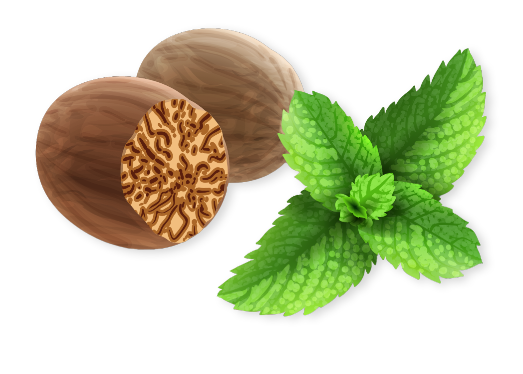How To Cure Muscular Dystrophy
Tuesday, March 21, 2023Understanding Muscular Dystrophy: Causes and Symptoms
Progressive muscle weakness and degeneration are the primary characteristics of the genetic disorder known as muscular dystrophy. The condition is caused by mutations in genes responsible for producing proteins that are essential for muscle function. There are several different types of muscular dystrophy, each with its own set of symptoms and disease progression.
Some common symptoms of muscular dystrophy include:
- Progressive muscle weakness, particularly in the legs and hips
- Difficulty walking and running
- Frequent falls and trouble getting up from a sitting or lying position
- Muscle stiffness and cramping
- Respiratory difficulties due to weakened chest muscles
- Cardiac complications due to weakened heart muscles
Types of Muscular Dystrophy and Their Symptoms
There are several different types of muscular dystrophy, each with its own set of symptoms and disease progression. The types of muscular dystrophy that are commonly observed include:
- Duchenne muscular dystrophy: This is the most common and severe form of muscular dystrophy, affecting primarily boys. Symptoms typically appear between the ages of 3 and 5 and include progressive muscle weakness, difficulty walking, and frequent falls.
- Becker muscular dystrophy: This is a milder form of muscular dystrophy that affects boys and young men. Symptoms are similar to Duchenne muscular dystrophy but progress more slowly.
- Myotonic dystrophy: This is a type of muscular dystrophy that affects both men and women. Symptoms typically appear in adulthood and include muscle weakness and stiffness, as well as other symptoms such as cataracts and heart problems.
- Limb-girdle muscular dystrophy: This is a group of muscular dystrophies that affect the muscles of the shoulders and hips. Symptoms typically appear in adolescence or early adulthood and include muscle weakness and difficulty walking.
Conventional Treatments for Muscular Dystrophy
While there is no cure for muscular dystrophy, there are several conventional treatments that can help manage symptoms and slow the progression of the disease. Some common treatments include:
- Physical therapy: Physical therapy can help improve muscle strength and mobility, as well as reduce muscle stiffness and pain.
- Medications: Medications such as corticosteroids and immunosuppressants can help reduce inflammation and slow the progression of the disease.
- Surgery: In some cases, surgery may be necessary to correct bone deformities or improve breathing function.
- Assistive devices: Assistive devices such as braces, wheelchairs, and breathing machines can help individuals with muscular dystrophy maintain their independence and improve their quality of life.
In conclusion, understanding the causes and symptoms of muscular dystrophy is essential for developing an effective treatment plan. While there is no cure for muscular dystrophy, there are several conventional and natural approaches that can help manage symptoms and slow the progression of the disease. By working with a healthcare professional and adopting a holistic approach to treatment, individuals with muscular dystrophy can lead fulfilling lives and maintain their independence for as long as possible.
You can write to us.
BOOK APPOINTMENT



























